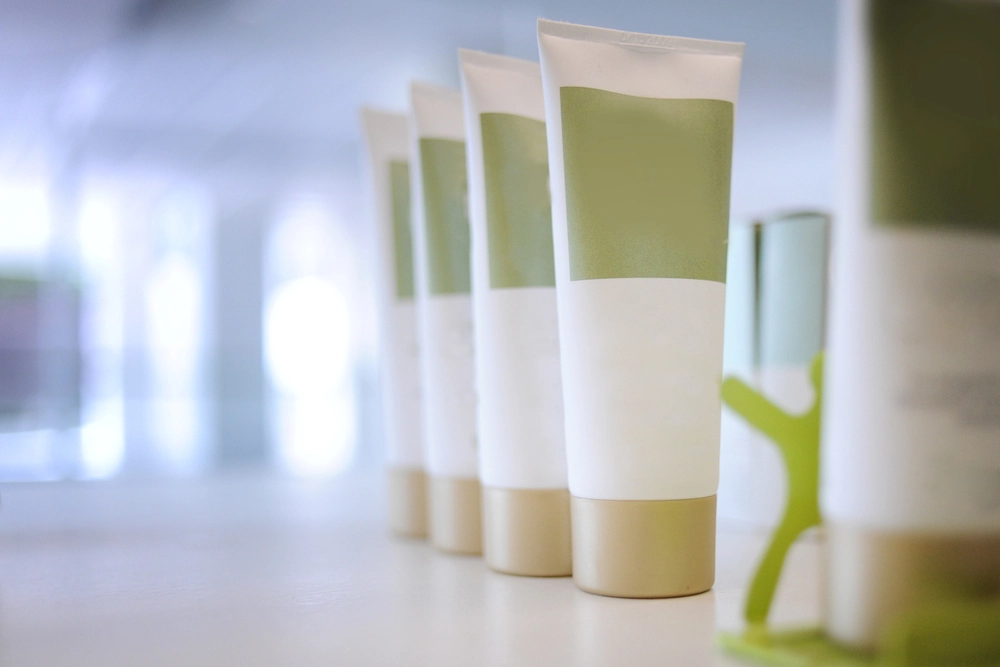PCR Cosmetic Packaging: 8 Examples and Trends
The cosmetics industry is marked by the constant change in consumer preferences and a heightened awareness of environmental responsibility. The integration of Post-Consumer Recycled (PCR) materials in product packaging has become a part of this change.
PCR refers to materials derived from post-consumer waste, such as recycled plastic containers or glass bottles, that find a new purpose in the packaging of cosmetic products. This shift is not merely a trend but a strategic response to the escalating demand for sustainable cosmetics packaging in the beauty market.
As consumers increasingly seek products that align with eco-friendly values, cosmetic brands are compelled to reassess their packaging choices. PCR cosmetic packaging emerges as a valuable alternative to traditional materials and demonstrates the brand’s commitment to sustainability.
This article will help your brand navigate the world of PCR cosmetics packaging through trends and a list of examples on how to integrate PCR materials effectively.
The Benefits and Challenges of PCR Cosmetic Packaging

As the cosmetics industry continues to embrace sustainability, PCR packaging can help align brands with eco-conscious values. It introduces tangible benefits for both brands and consumers:
Advantages of PCR Cosmetic Packaging
- Positive brand image – cosmetic companies leveraging PCR packaging signal a dedication to sustainable practices. This commitment resonates with consumers’ eco-friendly values and establishes a positive brand image.
- Cost-efficiency – PCR materials often require less energy to produce, reducing manufacturing expenses while aligning with the brand’s green initiatives.
- Consumer appeal – PCR packaging offers a tangible way for consumers to participate in sustainable choices without compromising on the quality or aesthetics of their cosmetic products.
Challenges and Implementation Strategies
- Sourcing – securing a consistent supply of high-quality PCR materials poses a challenge. It necessitates rigorous quality control and strategic collaborations with a dependable PCR packaging supplier.
- Consumer perception – educating consumers about the benefits of PCR cosmetics packaging is vital, countering potential misconceptions about the quality or efficacy of recycled materials.
- Design harmony – integrating PCR materials seamlessly into compelling packaging designs requires a delicate balance to overcome the perception that sustainable packaging lacks visual appeal. This also stresses the importance of transparent communication for a better understanding of PCR cosmetic packaging’s positive impact.
4 Examples of Effective PCR Cosmetic Packaging
The use of PCR in cosmetics packaging has resulted in a range of sustainable cosmetic packaging solutions. From PCR plastic shampoo bottles to eco-friendly sunscreen tubes and PCR pump dispensers for serums, cosmetic brands are integrating recycled materials across various applications:
1. Bottles
The production of PCR bottle packaging involves the collection and processing of post-consumer plastics, typically sourced from recycled beverage bottles. Once cleaned and processed, these materials are transformed into resin pellets, which serve as the building blocks for manufacturing PCR bottles.
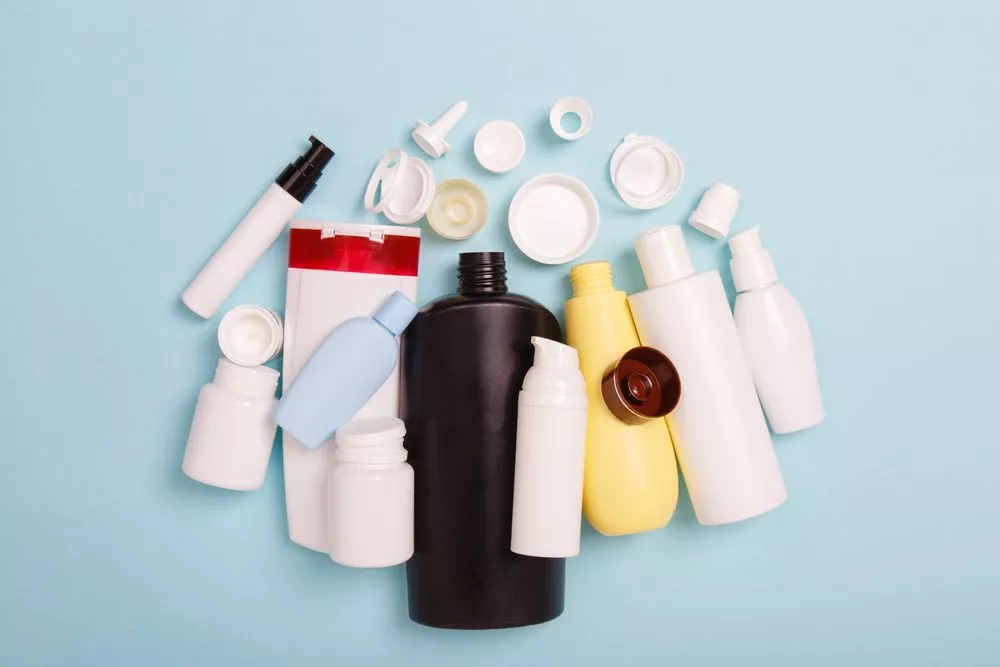
Cosmetic brands are adopting this approach today, showcasing products such as PCR plastic shampoo bottles or body wash containers. These examples not only meet consumer demands for sustainable packaging but also contribute to the reduction of single-use plastics in the beauty industry.
2. Tubes
The manufacturing process of PCR tube packaging also begins with the collection and processing of post-consumer plastics. They are often sourced from other recycled tubes or containers, which are transformed into resin. This is then incorporated into the tube extrusion process, ensuring that stringent quality requirements of cosmetic formulations are met. PCR tubes typically come in the form of sustainable toothpaste tubes or sunscreen packaging.
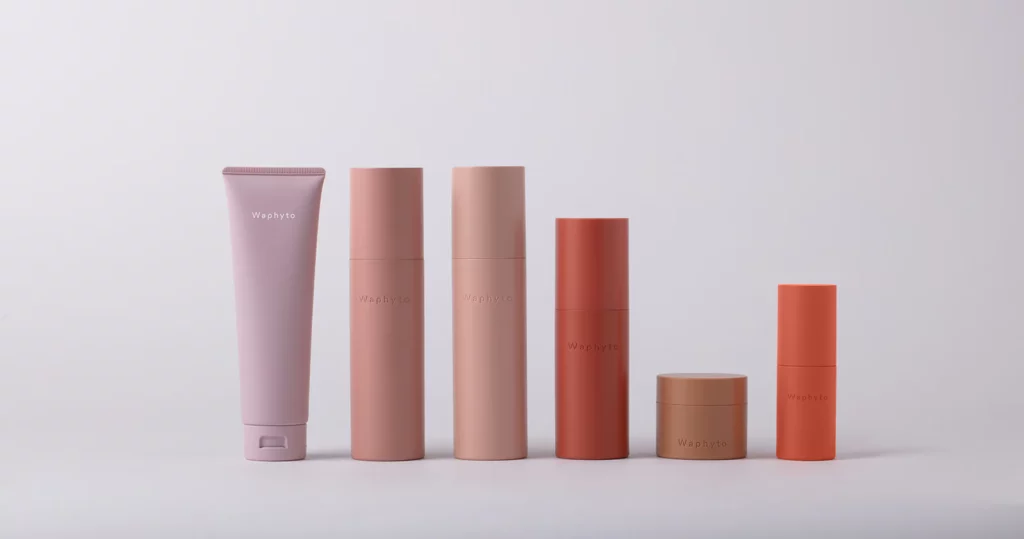
3. Dispensers
PCR dispenser packaging is manufactured by integrating recycled plastics into essential dispenser components. Examples include PCR pump dispensers for liquid soaps or serums. Skincare packaging such as these show how brands can promote sustainable solutions even in common products used in daily skincare and basic beauty routines.
4. Secondary packaging
Cosmetic brands can also utilize recycled materials for boxes, wrappers, and outer packaging. They can also adopt PCR in secondary packaging for product sets, showcasing items such as gift boxes made from recycled materials.
These applications enhance the products’ visual appeal and align with the broader goal of reducing plastic waste, promoting a circular economy within the cosmetics industry.
4 Key Trends and Innovations in PCR Cosmetic Packaging
PCR continues to redefine the eco-friendly cosmetics packaging landscape. The following trends are where cutting-edge packaging design meets environmental responsibility.
1. Refillable containers
The adoption of refillable containers represents the industry’s efforts to reduce the environmental impact of beauty packaging. PCR materials find application in durable, refillable containers, ensuring prolonged product use while minimizing single-use packaging waste.
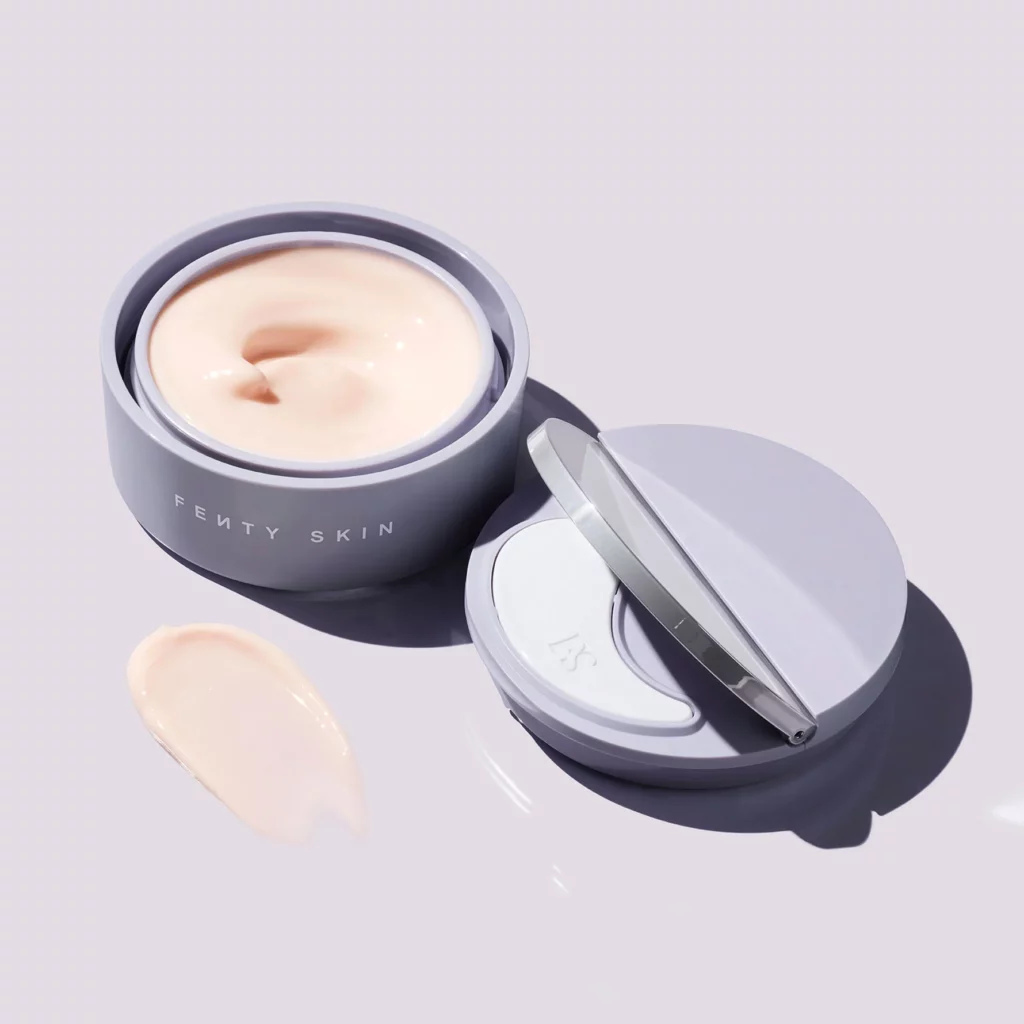
2. Novel recycled materials
Cosmetic brands are pushing the boundaries by exploring novel recycled materials for packaging applications. Innovations include utilizing unconventional recycled materials such as ocean plastics, post-industrial recycled resins, or even agricultural by-products.
This pioneering approach expands the repertoire of sustainable materials. It also challenges the industry to continually seek and adopt alternative solutions that further contribute to a circular economy.
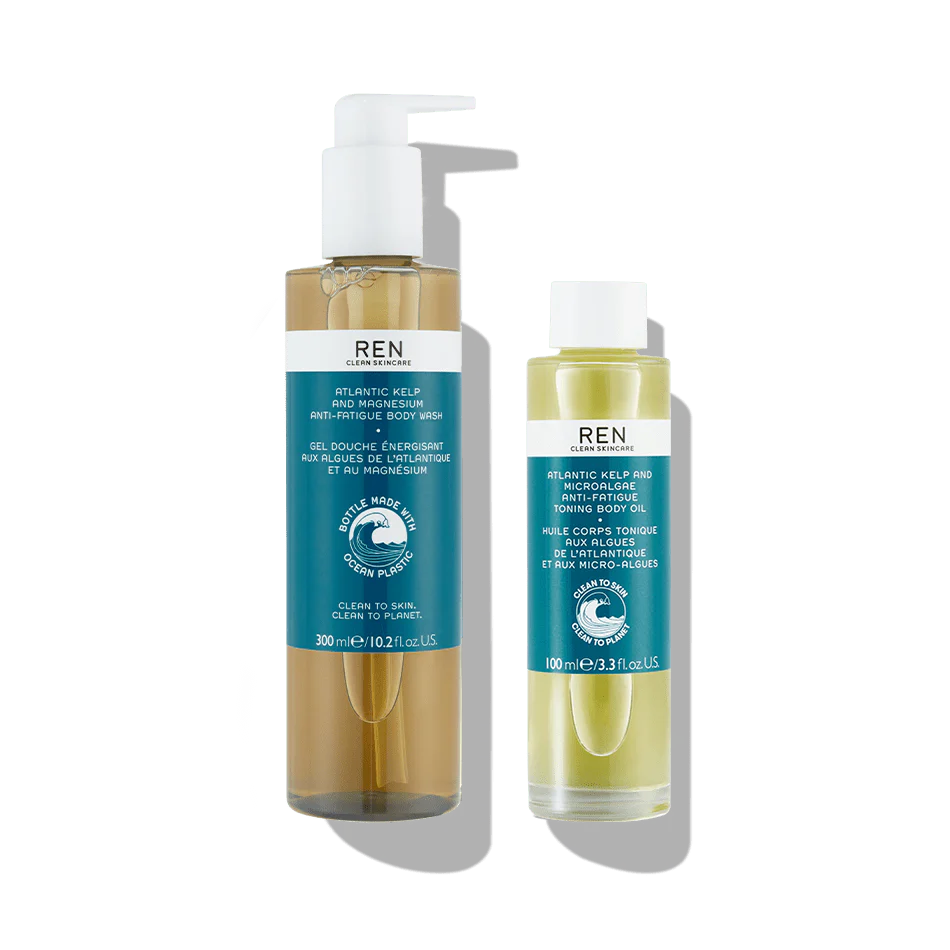
For instance, cosmetic brands utilizing ocean plastic packaging can raise awareness about marine conservation. They set a precedent for the industry to experiment with diverse recycled materials, pushing the boundaries of sustainable packaging innovation.
3. Intelligent packaging
Intelligent packaging, which features technologies such as QR codes or RFID tags, enables consumers to access detailed information about the product’s journey, including sourcing details, recycling instructions, and the packaging’s environmental impact. The information empowers customers to make informed choices and creates a sense of transparency and accountability for the brand.
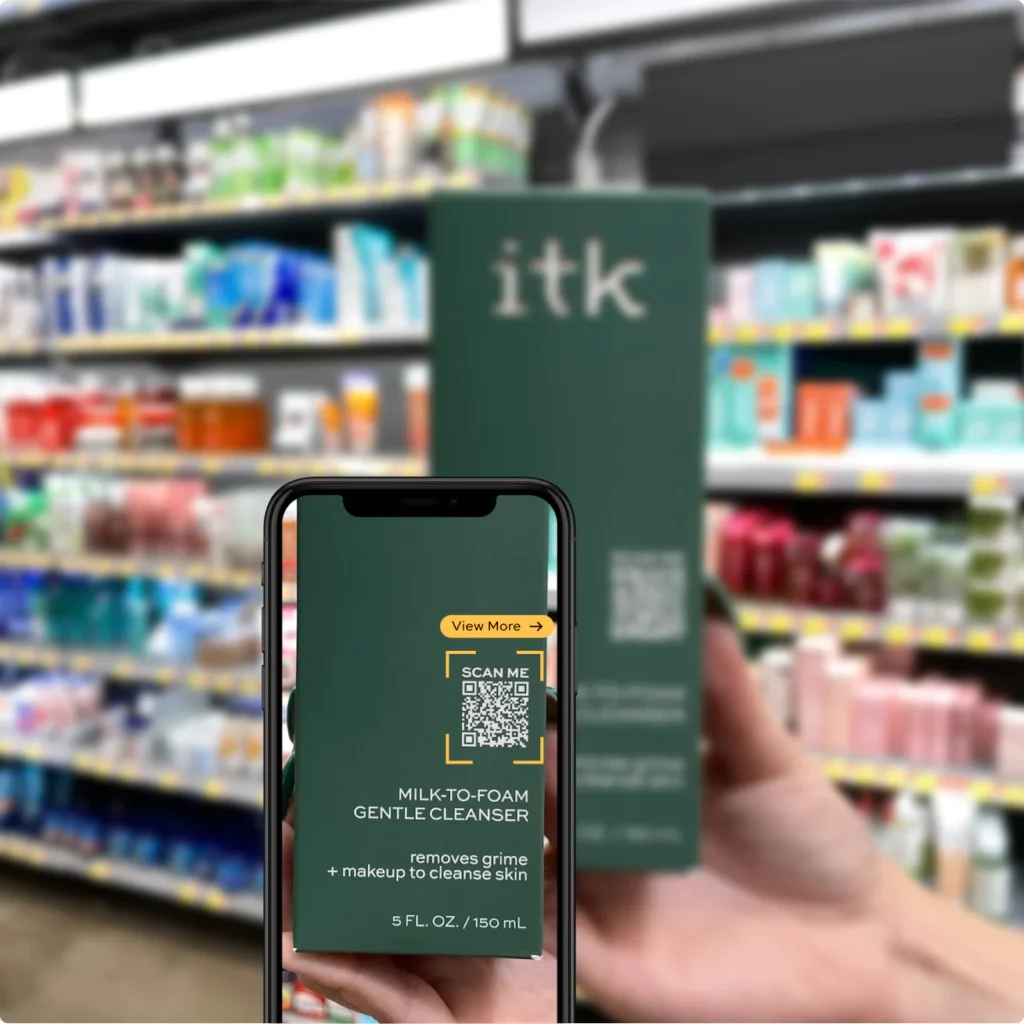
4. Hybrid materials
The use of hybrid materials involves combining PCR with other sustainable materials or biodegradable elements. This approach leverages the strengths of different materials to create packaging solutions that are both durable and environmentally responsible.
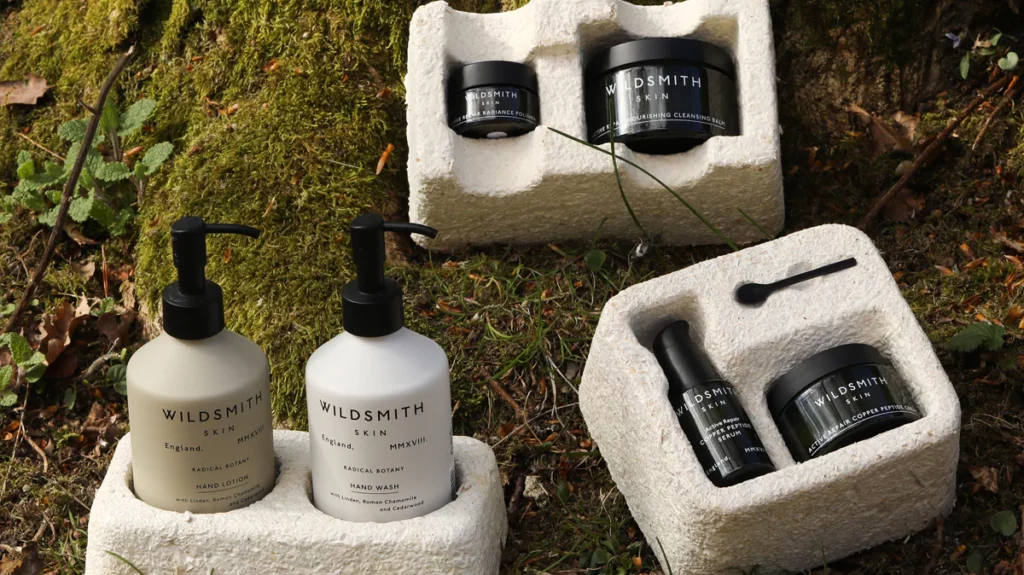
Cosmetic brands are exploring combinations such as PCR with bio-based plastics or incorporating biodegradable additives to enhance the packaging’s overall sustainability profile.
PCR cosmetic jars can feature lids crafted from a hybrid material blend. The jar body can be made from high-quality post-consumer recycled plastics, and the lid made from biodegradable materials – providing a sustainable end-of-life solution. Through this example, packaging solutions can address multiple aspects of sustainability throughout the product lifecycle.
Eco-Chic Packaging: Setting the Style for Sustainability
Recent packaging examples and trends reflect the cosmetics industry’s efforts to embrace sustainable practices without compromising on design and functionality. From hybrid materials to refillable containers, brands are leveraging PCR materials to further resonate with their eco-conscious consumers.
However, these initiatives not only meet rising market demands but also set a precedent for other sectors to follow suit. Explore how your brand could be at the forefront of sustainable packaging evolution. Talk to Meyers experts for practical, sustainable, and innovative custom packaging solutions for your brand.

